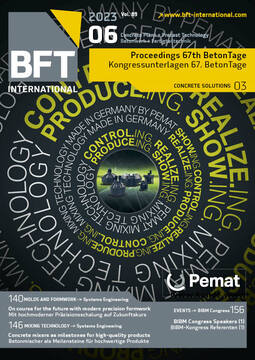Perspectives for tomorrow’s construction – Inspiration from 30 years of research
According to the records of the German Meteorological Service (Deutscher Wetterdienst; DWD), the summer of 2022 was the sunniest, third-hottest and fifth-driest ever since weather documentation began. There were a number of severe heat waves, and on July 20, 2022, four DWD stations in Germany measured more than 40 °C [1]. Between 1881 and 2019, the annual average temperature has already increased by more than 1.0 °C. In Germany, this increase already amounts to 1.6 °C [2]. Because of these and other climatic changes, our tasks are very clear: We must slow down climate change and adapt to irreversible climate alterations.
To mitigate climate change, we must, first and foremost, bring down carbon emissions dramatically. Germany has defined the goal of becoming climate-neutral by 2045, which is only 22 years from now!
Considering how slowly new developments are gaining ground in the construction industry, not only do numerous disruptive ideas need to be implemented by all industry stakeholders. Even more importantly, change has to accelerate drastically.
In addition, we note that the degree of climate change that has already occurred is associated with numerous implications for the built environment, such as with respect to our load assumptions for wind and extreme rainfall events, but also the risk of flooding with its consequences for structures. Melting glaciers and thawing permafrost increase the risk of landslides and, consequently, dynamic loads caused by rockfall.
These challenges will determine future action in the construction industry at large, and thus also in concrete construction. Our primary task is to preserve a livable planet for the coming generations.





